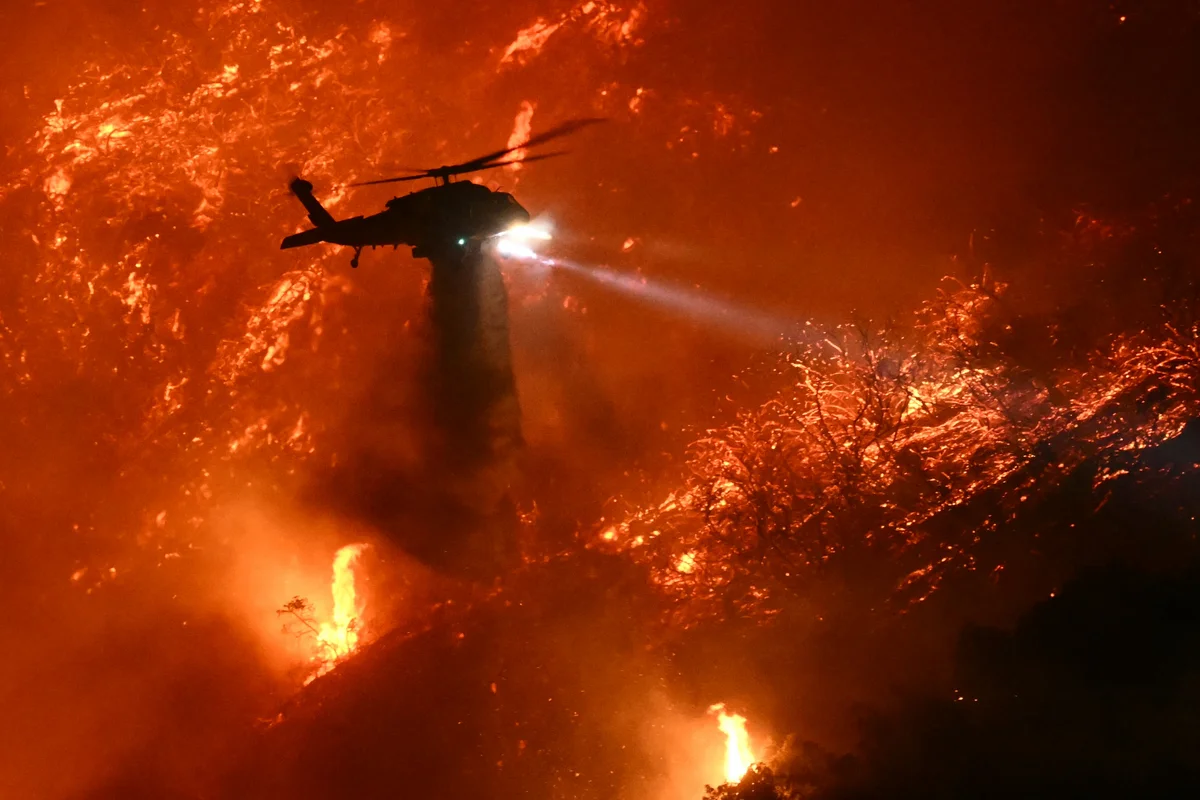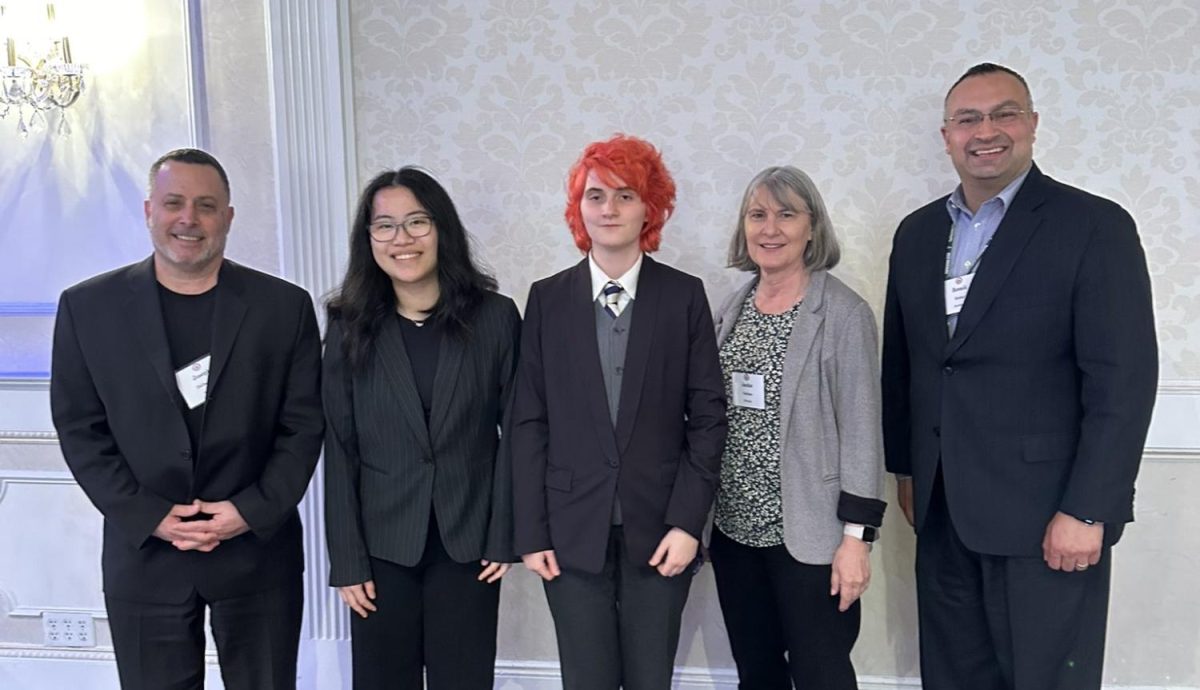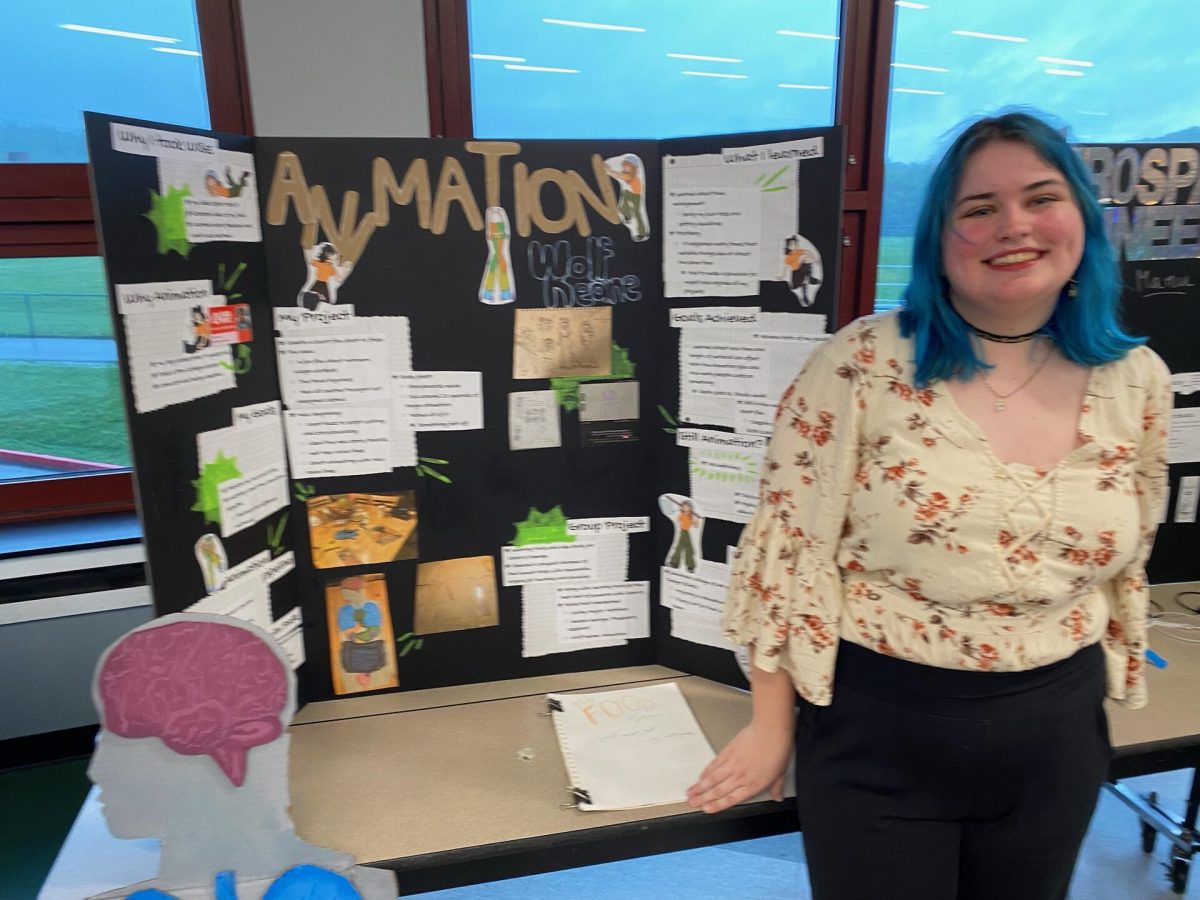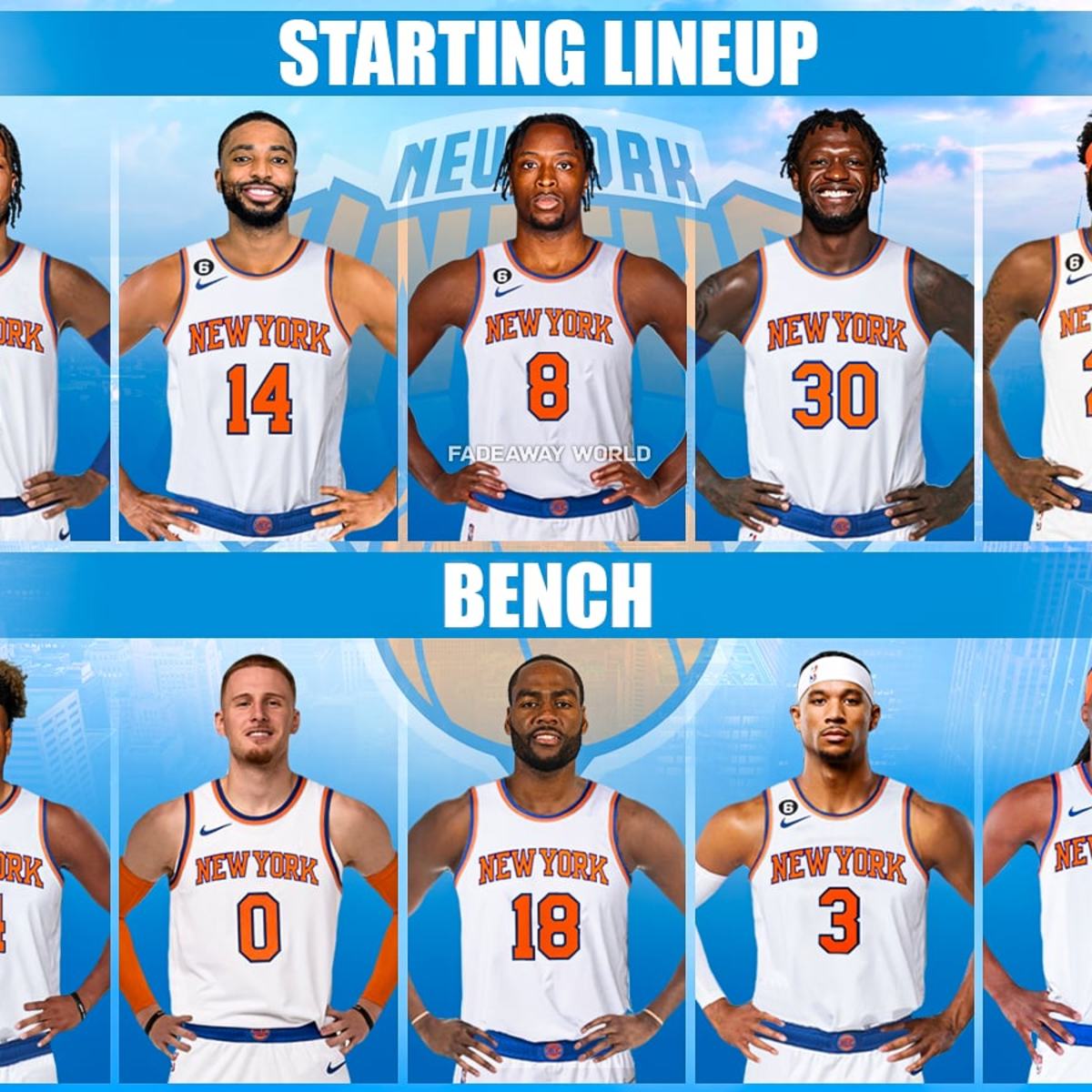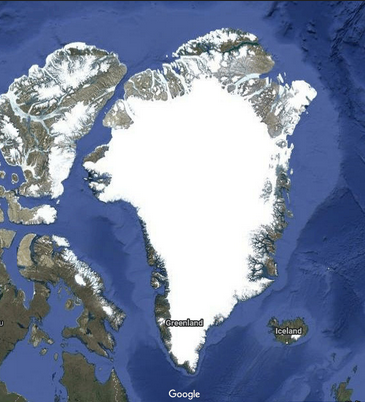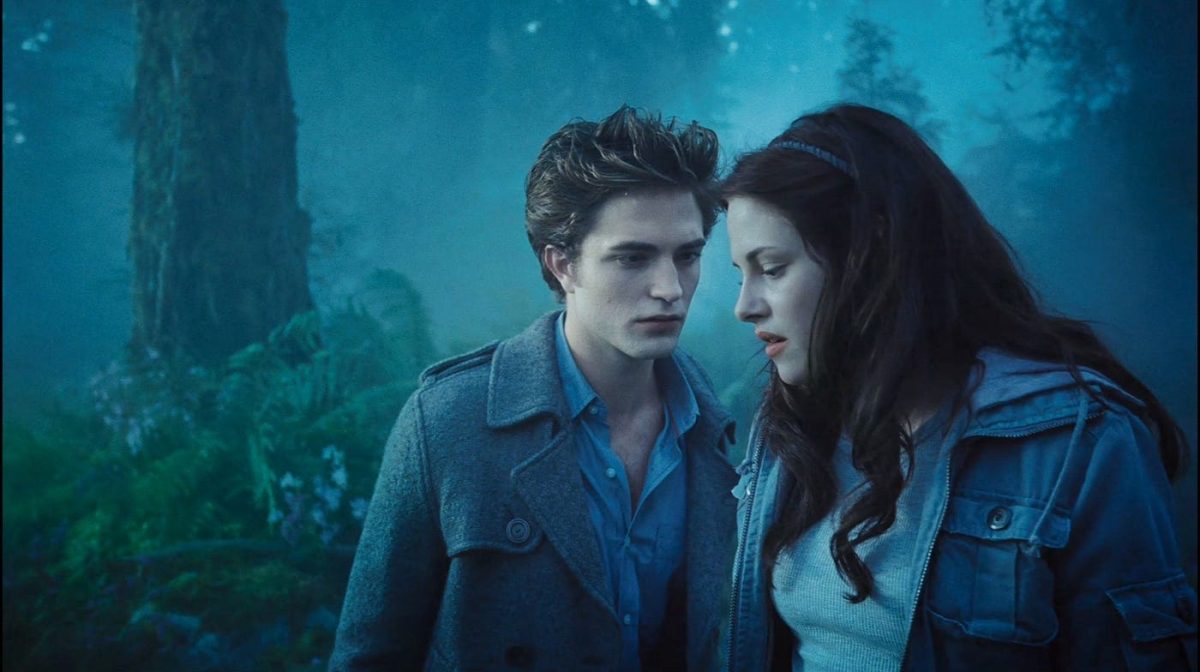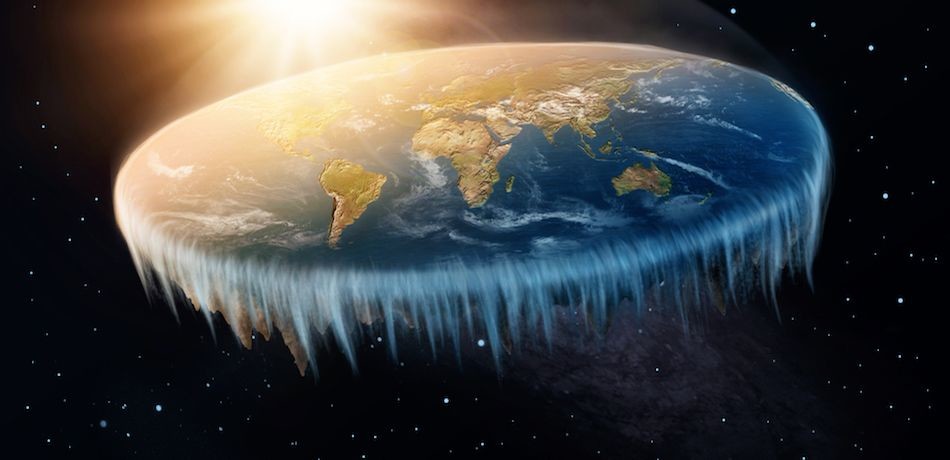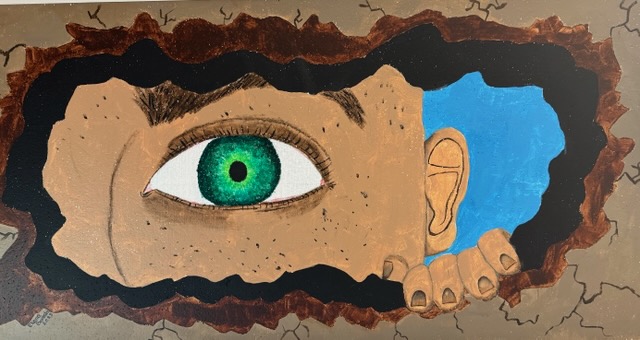The Great Barrier Reef is an incredible network of about 3,000 individual coral reefs located off the coast of Queensland, Australia. It is currently the world’s largest coral reef system, spanning 344,400 kilometers. It has also claimed the prestigious title of being one of the seven natural wonders of the world and a World Heritage Area. However, for decades, the Great Barrier Reef has been dissolving away. The cause? Climate change.
The Great Barrier Reef is a popular tourist destination, attracting about 2 million people each year. One of its greatest appeals is the reef’s vibrant colors. The Great Barrier Reef is also popular among marine species, as it is home to an astounding 9,000 unique organisms. But as ocean temperatures continue to rise, the reef loses color and its creatures lose their home. Coral reefs are mainly affected by ocean acidification and heat stress, two aspects of climate change. Ocean acidification is the process by which oceans absorb CO2 emitted into the air, increasing the acidity of the water. This process also dissolves the calcium carbonate in coral reef skeletons, weakening their structure and slowing their growth rate. Heat stress causes coral bleaching, which is the expulsion of the colorful algae living in coral reef tissues. The five mass bleaching events that occurred in history (in 1998, 2002, 2016, 2017, and 2020) have all left reefs struggling to survive. These factors have contributed to the increasing deterioration of the Great Barrier Reef over the past several decades. Since 1985, the Great Barrier Reef has lost over half of its reefs. This trend is likely to spiral upward, as CO2 emissions and ocean temperatures continue to rise.
So, can we still save the Great Barrier Reef? Well, the answer is yes- but we may need to take drastic measures, including reversing climate change. Recently, Australian scientists have been developing new technologies, hoping to preserve coral reefs by hindering the effects of climate change. One prominent idea is cloud brightening, a geoengineering technology. This idea is currently being tested in Australia. The experiment revolves around a mist machine that releases a mass of tiny droplets designed to block sunlight and brighten clouds above the reef. This could provide shade for the reef and lead to suitable water temperatures. Daniel Harrison, the head of the project, explains, “By cutting light over the reef by 6% in summer, ‘bleaching stress’ would be cut by 50% to 60% on the undersea ecosystem.” Cloud brightening is a promising idea, but to maximize and sustain its benefits, people must take action to slow climate change. “If we do have really strong action on climate change then the modeling shows that the cloud brightening is enough to stop the reef declining and to see it through this period while we reduce our carbon emissions,” Harrison says. Cloud brightening may conserve the Great Barrier Reef, but it is under some scrutiny by certain scientists and environmentalists. Critics believe geoengineering gives humans too much control over the Earth’s climate and may pose ecological risks.
The method known as “Coral IVF” is another valid proposal for the regeneration of coral reefs, which does not involve geoengineering. In this effort led by Peter Harrison, researchers harvest coral gametes during the coral spawning season and bring them to special enclosures, known as “larval pools.” Before returning the coral larvae to damaged areas of the reef, the researchers “maximize the fertilization” of the spawn. According to Harrison, they do this to, “increase the rates at which the larvae are settling onto damaged reef.” The idea behind the Coral IVF project is that the baby corals will grow, reproduce, and soon re-establish the population of coral reefs in specific areas. The first trial in 2016 in an area in the southern part of the Great Barrier Reef proved to be promising, as the experiment produced over 60 coral colonies that were shown to have survived and reproduced. After this success, the research team has moved on to northern parts of the reef, where Harrison says the team is “getting very similar responses all the time.” He states, “This proves that the larvae restoration technique works just as we predicted and we can grow very large corals from tiny microscopic larvae within just a few years.”
Besides cloud brightening and Coral IVF, researchers have made many other efforts with varying results. Ultimately, experts agree on one thing: There is no single solution to the restoration of the Great Barrier Reef. People must collaborate to find a combination of strategies that work.





